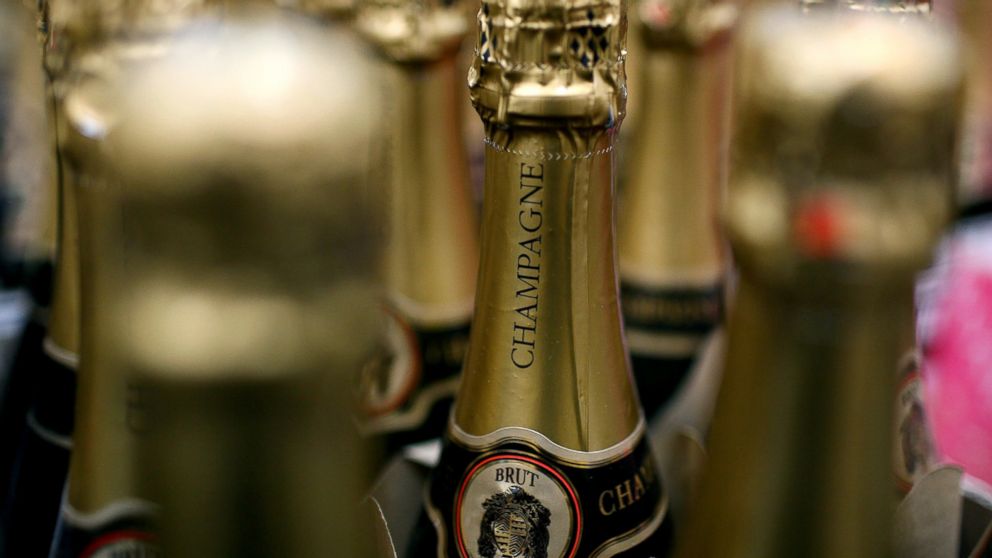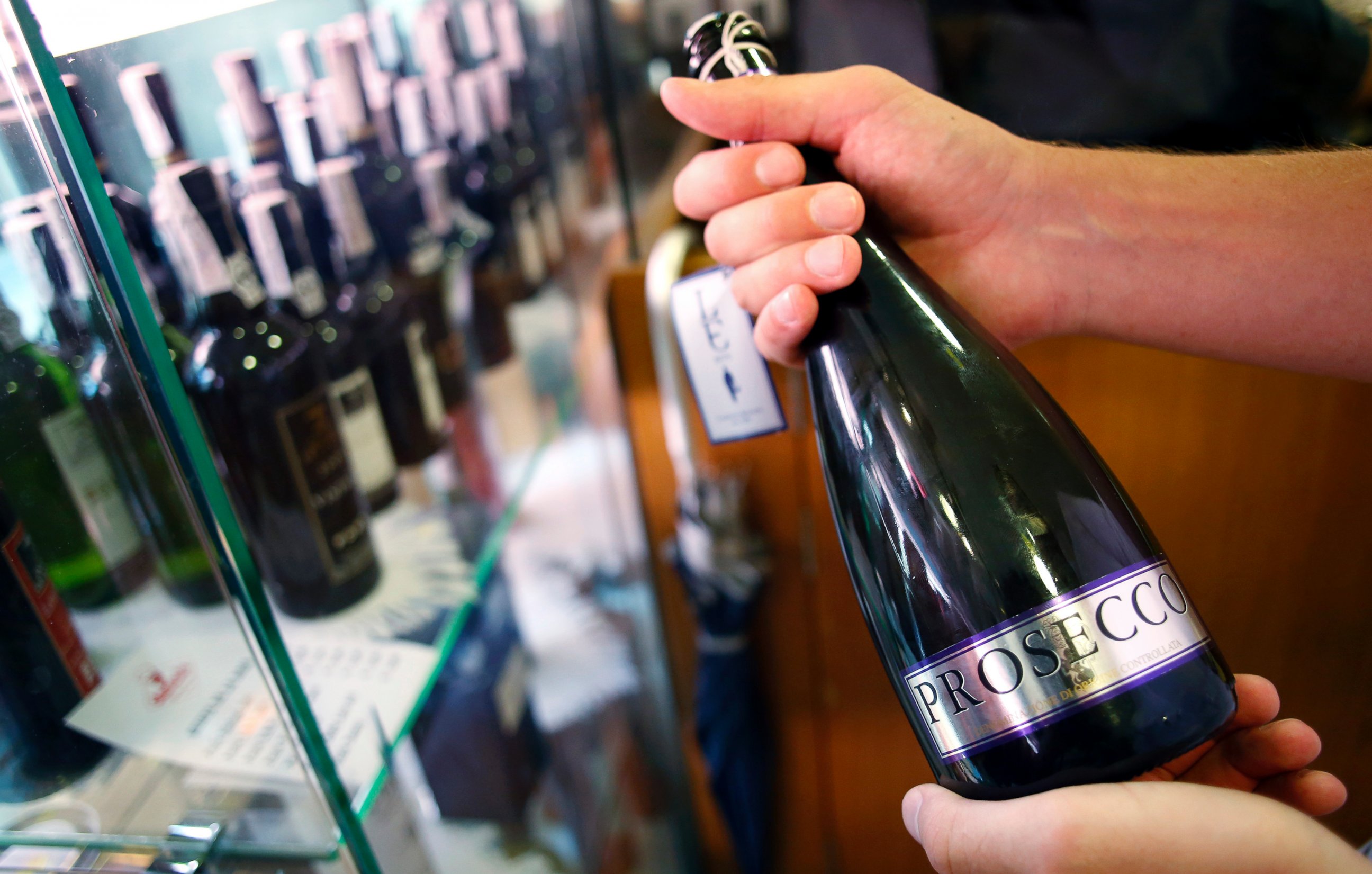How to Settle on Prosecco or Champagne for 2014 New Year's Eve
Before you buy bubbly this New Year's Eve, a little knowledge goes a long way.

— -- Whether you have no preference in New Year's Eve bubbly, there are ways to tell the difference between Champagne and prosecco or other sparkling wines.
Start with the label to note whether this particular bubbly comes from the Champagne region of northeast France.
Some say champagne may taste more bitter, but that doesn't mean prosecco is always sweeter. For instance, most of the prosecco in stores are Brut or Extra Dry, Serious Eats notes.
The U.S. Champagne Bureau reports that about 17.85 million bottles were shipped to the United States last year, up slightly from 17.69 million the previous year, but down from 19.37 million in 2011. Less expensive competitors like Italian prosecco are creeping up on champagne's market share.
And prosecco sales are increasing globally, especially in Britain, champagne's second-largest market, where sales increased 74.6 percent this year, according to trade magazine The Drinks Business.
French luxury conglomerate LVMH is the biggest champagne producer with brands Moet & Chandon and Veuve Clicquot overseeing Dom Perignon and Krug, which can start at $40. A 750-milliliter bottle of Cecelia Beretta Prosecco Treviso can cost $8 at Trader Joe's.
Besides cost, here are the major differences between champagne and prosecco:
1. Origin
While champagne comes from a specific region of France, prosecco must be produced in the northeast Prosecco "DOC," or controlled designation of origin given to certain Italian foods.

2. Grapes
Champagne has three authorized grape varieties: Chardonnay, Pinot Noir and Pinot Meunier. Prosecco is made with varietal Glera. Some can tell the different flavor profiles, such as prosecco's green apples and citrus.
3. Fermentation
Prosecco is produced with the "Charmat" method, which is secondary fermentation in tanks, and most often as either spumante (fully sparkling) or frizzante (lightly sparkling). Champagne is made in the Méthode Champenoise or Traditionelle, which is secondary fermentation in the bottle.
Just as champagne houses distinguish its product from prosecco, a group representing prosecco producers distinguishes its bottles from other sparkling wine. In contrast to reports that prosecco has been sold on tap, prosecco can only be sold in a bottle.
Both champagne and prosecco had double digit growth at retailer BevMo! this holiday season.
"Sparkling in general has been very good, including California and Spanish Cava," said Bob Paulinski, BevMo's senior vice president, wine.
Lisa DiFiore, assistant general manager of New York's Margaux at The Marlton Hotel, says their Cava sparkling wine is the second most popular wine by the glass and bottle. Their Duc de Romet, Champagne, is also very popular, coming in fifth this holiday season.
“However, more and more guests are asking for Prosecco or Cava by name,” DiFiore said.




